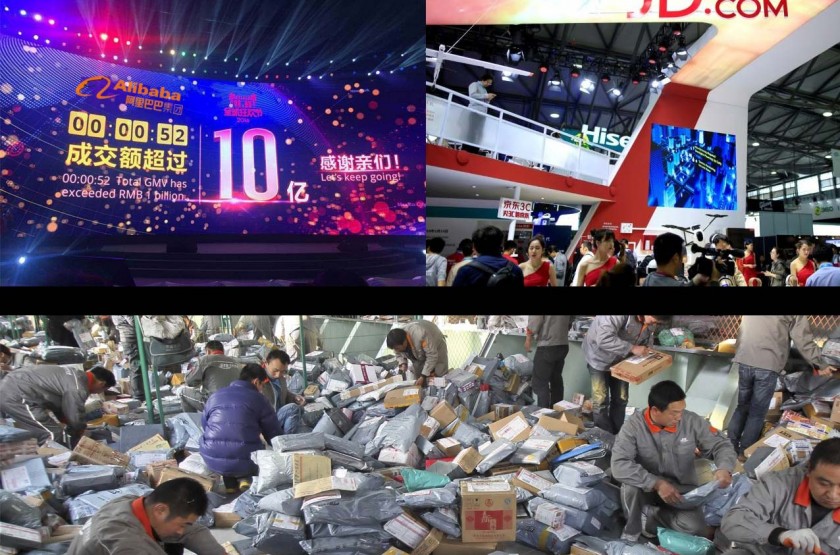The rise and fall of brick and mortar services
- Hedd Freeman
- March 1, 2016
- 5,629 views

Since 2000, the presence of online retail has been heavily increasing. It is no longer a requirement for people to leave the house to buy a new outfit for the weekend, buy their weekly groceries, or get their makeup supply. Physical shops cannot compete with online stores on prices; so why the sudden influx of brick and mortar stores?
Alibaba, the notorious e-commerce giant, has recently opened up a brick and mortar store in Tianjin. With their tremendous success within the past couple of years, one may wonder if this is really necessary. Having a solely online presence cuts a business’s costs dramatically, leaving a higher
profit margin. However, 80% of the retailers on the Alibaba website sell imported products that would not have a presence in China otherwise, and a brick and mortar store gives the customers a chance to feel and perhaps try the product before they buy. Over the past year, we have seen trends like this among a lot of online retailers
With the recent decline in Kindle sales, Amazon decided to build brick and mortar stores to showcase their tablet and e-books. These phy sical shops also sell an array of paper books; ironic really, seeing as Amazon, the world’s largest e-commerce search engine, caused the demise of many bookstores around the world that were unable to beat their prices and convenient delivery service from being a purely online platform. This physical presence of Amazon is to give customers an area where they can experience books, and sit down in a modern place with the vintage feeling of reading a book. Amazon can also show off the ease of new book technology, the e-book, to people who would have never previously dreamed of leaving their paper books.
sical shops also sell an array of paper books; ironic really, seeing as Amazon, the world’s largest e-commerce search engine, caused the demise of many bookstores around the world that were unable to beat their prices and convenient delivery service from being a purely online platform. This physical presence of Amazon is to give customers an area where they can experience books, and sit down in a modern place with the vintage feeling of reading a book. Amazon can also show off the ease of new book technology, the e-book, to people who would have never previously dreamed of leaving their paper books.
This same technique is being used by phone companies, in China especially. Most people will buy their phones and electronics online at cheaper prices. However, many aren’t prepared to spend a huge amount of money on a telephone before at least testing it or seeing it in person. Therefore, many phone companies have set up small shops just for browsing purposes with very little stock, and then the customer can either order it in store or go home and surf online. This gives the customer the shopping experience but with the added bonus of the cheap online price.
We have in fact seen a flip of solely e-commerce brands becoming a physical presence with brick and mortar shops, while originally physical shops are increasingly moving online. What makes these brick and mortar shops unique is their experience. People are not coming simply to buy, but want to have the full retail experience which they just can’t get from sitting on a laptop at home. This trend is becoming widely popular as a way to offer something unique to the customer. Trends are constantly changing in business and it’s necessary to keep on top of them to survive. As such, some industries are moving in the opposite direction, from a physical presence to a purely online platform.
One industry heavily making its way online is translation. Machine translation through the internet has come on leaps and bounds. We are now able to simply enter our text and have it translated instantly into almost a hundred languages. It is designed for ease and speed and is available on your computer or through mobile Apps on tablets and mobiles. In terms of more reliable and accurate translation, we are also seeing a wave of movement to the internet by human translators. The physical presence of in-house translators, working at set times to complete a document, is turning to Big Translation which taps into a whole world of language resources in the form of the freelance translator. A client no longer has to wait for a workforce which won’t be available till 9am on the other side of the world, but can match documents instantly with a linguist closer to a client’s time zone, with available time suiting their schedule.
Industry trends have no rules, although we are seeing an upsurge in shoppers’ experience moving towards physical stores again. However, the sales of online products and services can’t be faulted. Their price and accessibility makes them more attractive to not only the customer, but also the company.











